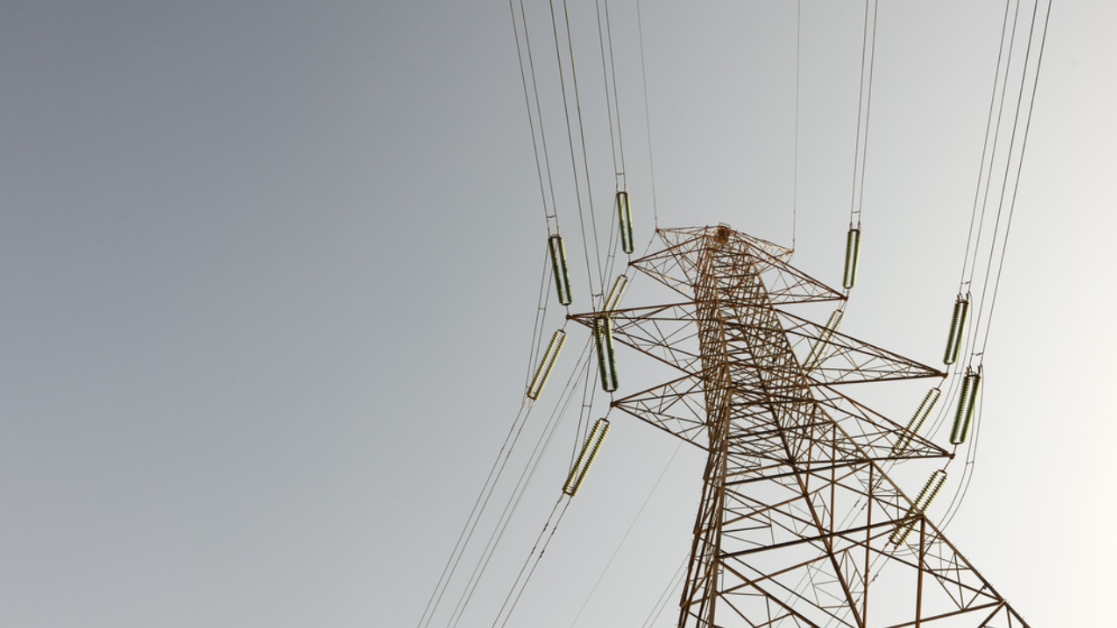Demand Response: How Utilities Balance Energy Supply and Demand
Demand response handles peak demand issues and enhances electric power system performance. Also called demand management, demand response tips the scale in favor of electricity users.
Instead of keeping the balance by generating more power, demand response technologies reduce consumption on lights, dryers, electric water heaters, industrial equipment and air conditioners.
As smart buildings gain ground, demand response energy technologies are becoming more sophisticated. Demand response could start playing a heightened role in integrating variable sources such as wind and solar energy into the grid.
What Is Demand Response?
Demand response allows consumers to shift or reduce their electricity usage during peak periods, thereby playing an essential part in the electric grid.
Utilities use this technique with residential, industrial and commercial customers, sometimes by offering financial incentives such as time-based rates.
Demand response works by using notification or direct control devices to shut off, change the energy consumption or shift the use of equipment and appliances as needed. These techniques benefit consumers and utilities, as the relationship between both is more interactive than ever.
What Are Demand Response Programs?
Demand response programs are valuable resource options. Their potential impacts are proliferated by grid modernization efforts in the electric power industry. These programs lead to lower retail rates by decreasing electricity rates in wholesale markets. Electric system operators and planners are increasingly using demand response programs to balance electricity supply and demand.
Demand response programs can encompass direct load control programs, which allow power companies to cycle water heaters and air conditioners on and off during peak demand periods in exchange for lower electric bills and financial incentives.
Utility companies may engage customers in demand response efforts by offering time-based rates such as:
- Critical peak rebates.
- Real-time pricing.
- Variable peak pricing.
- Critical peak pricing.
- Time-of-use pricing.
Why Are Demand Response Programs Increasing in Popularity With the Implementation of Smart Grids?
Companies are increasingly participating in demand response to help the electric grid stay stable. How much an individual company can earn by taking part in demand response programs varies by region and utility. In many states, regulators incentivize utilities to use less energy.
At first, demand response programs were established to avoid turning on auxiliary power plants to meet high demand. With demand response programs, utilities can now keep plants idle and rely on power curtailments rather than building new power plants to meet electricity demand. Grid operators can also avoid paying peak-time pricing by reducing the load.
Keep Your Business Running Smoothly With High-Quality Commercial Utility Cost Data
RateAcuity provides businesses with an accurate, easy-to-use energy rate database to allow quick access to current commercial utility rates.
Save time and money by using our convenient web portal for your own research or our powerful application programming interface (API) to download electricity rate data into your software.
If you’re interested in learning more about the RateAcuity electric schedule database, reach out to us online today and we’ll be happy to answer your questions.
Start Your 14-Day Free Trial Call Us: 843-879-5031
